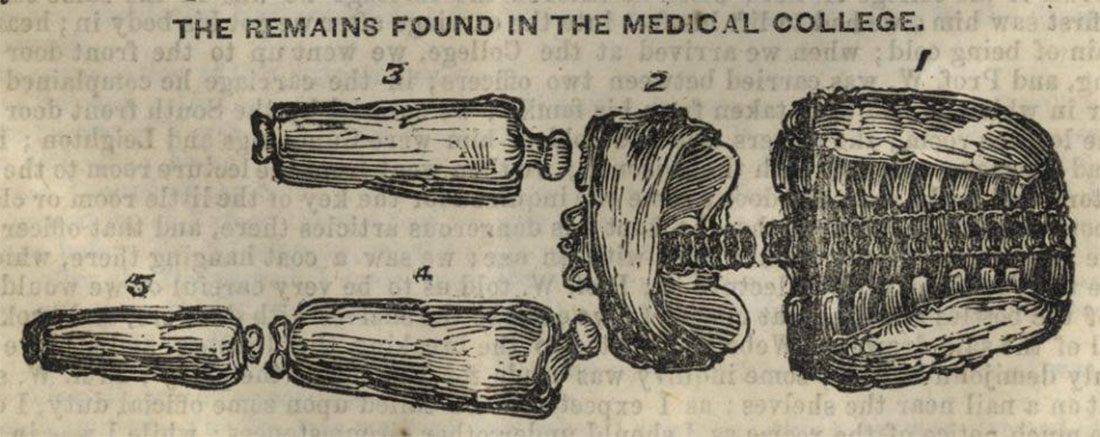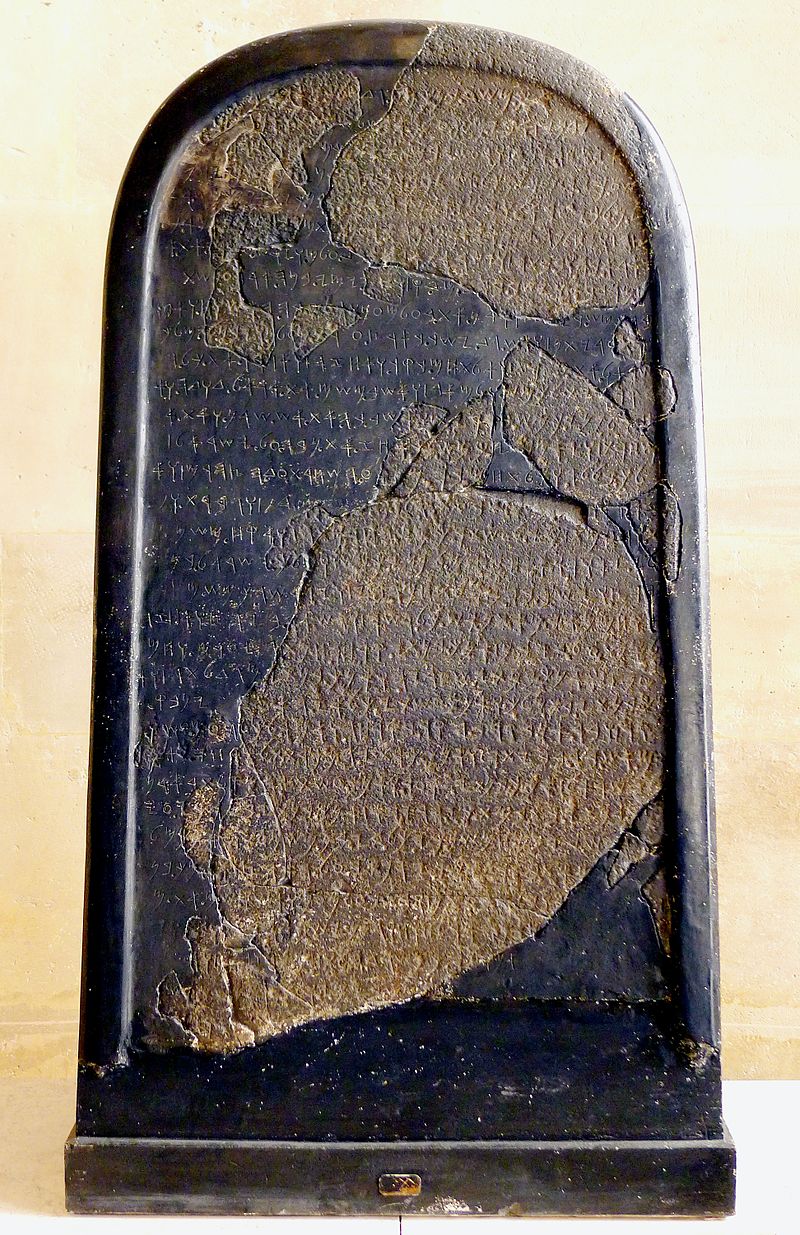Go to Part 1

GM: Okay, you come up over the horizon of the station and you can see the trench up ahead. Three rebel fighters go roaring past.
Annie: I signal my wingmen to follow my lead and drop in behind them.
GM: Sure. You fall into their 6 o’clock and hit the thrusters, zooming up behind them.
Annie: I target the lead rebel pilot and take my shot!
GM: He’s dancing around in the ray-trace of your targeting computer.
Annie: The Force is strong with this one. I pull the trigger!
GM: The walls of the canyon are really racing past you. All this amazing superstructure just whirring by in a blur.
Annie: Great. I take the shot.
GM: Suddenly that old YT freighter you’d planted the tracking device on earlier comes roaring out of deep space! It shoots! [rolls some dice] One of your wingmen explodes!
Annie: What?!
GM: What do you do?
Annie: I… take my shot?
GM: Your other wingman, distracted by the appearance of the new enemy, loses control! They smash into your wing, careen wildly, smash into the wall of the canyon, and explode! Your own stabilizers have been damaged and you go hurtling out into deep space!
This kind of resolution dithering – where the players have declared their actions, but the GM isn’t allowing them to actually take and resolve those actions – is incredibly frustrating.
Sometimes the dither is caused by the GM prematurely asking the players what they want to do – after hearing the proposed action they realize that there’s additional information that they want or need to convey. (Or, if they’re improvising, details or cool ideas which popped into their head during the time that it took for the player to respond.)
Other times the dither occurs because the GM is waiting for someone to say the thing he wants them to do: Something cool is going to happen when someone tries to open the door, so any other action people propose will be put on pause until somebody in the group opens the door. (This also naturally leads to a narrower case in which only actions that would disrupt what the GM has planned are ignored – you can do anything unless it gets between them and that door.)
Another common form of dithering occurs when a GM responds to a declaration of action by discussing other options that are available. For example, I was playing in a cyberpunk game where I said I wanted to hack an electronic lock. The GM responded by pointing out that I could also kick the door down or just send my slither-bot under the door or physically pick the lock or…
Ultimately, when a player declares an action the GM needs to resolve that action and then describe the new situation: They need to move forward so that the next set of actions can be cleanly declared. (The only exceptions are if the GM doesn’t feel they have enough information to resolve the action or if the declared action appears to be based on a misunderstanding of the current situation. In either case, the GM should still be seeking the necessary clarification as quickly as possible and then driving forward into the resolution.)
Resolution dithering often becomes obfuscated when the GM can jump between multiple PCs, leading to a muddle where the GM can get an action declaration from one PC, not fully resolve it, move onto the next PC, get another action they don’t fully resolve, and then repeat cyclically – kind of bouncing around the group without ever moving the action forward. This seems particularly prevalent with neophyte GMs (possibly because their lack of confidence manifests as an unwillingness to make the sort of definitive declarations required of action resolution), and the resulting quagmire can be difficult to diagnose.
GM DON’T #3.1: THE REVERSE RESOLUTION RING
What I refer to as the reverse resolution ring is a kissing cousin with resolution dithering and, for me, is even more frustrating to experience as a player.
For example, I was playing in a game of The One Ring. The GM would describe a situation – like a guard dog growling as the party drew near – and I would say something like, “Okay, I’m going to grab some of the fresh venison from the deer we killed this morning and I’ll toss it to the dog to distract it.” The GM takes note of that, but then proceeds around the table collecting action declarations from the other players.
So far, this is probably fine: Getting a collective understanding of what everyone is doing before figuring out how it would all play out together can actually be a really good technique for a GM to learn.
But where the reverse resolution ring kicks in is when a form of recency bias causes the GM to resolve the proposed actions in the opposite order from which they were declared (starting with the last person they talked to and then working their way backwards to the person who actually kicked things off). This is a problem because, at some point during those declarations, the other players will often say something like:
“Oh! That sounds good! I’ll dig some meat out of my pack, too!”
Or:
“I shoot the dog with my crossbow.”
The latter negates the original declaration by solving the problem in an alternative way. The former ends up basically stealing the original idea (even when the player saying it was just trying to support what they saw as a good solution to the problem) – the copycat gets to be the one to actually do the cool idea.
In either case, the GM is essentially stealing spotlight time. They’re punishing the player who took initiative, which is directly problematic because that’s demoralizing and unfair to the player affected, and indirectly problematic because it will eventually have a corrosive effect on the willingness of the entire table to step up. Even if it’s just a subconscious reaction, eventually you’ll end up with something that could easily be misidentified as analysis paralysis, but is actually just a hesitation to pull the trigger when it’s just as likely to end up shooting you in the head.
(It actually reminds me of something that crops up in live theatre: One actor will come up with a funny bit of business or line reading. Other actors will see it and think, “That’s hilarious!” And then they’ll end up duplicating the bit in their own scene, which can often happen earlier in the play than the original actor’s bit. These derivative bits are often not as funny and only serve to sap the riotous humor of the original – which is often built on the straight takes which are supposed to precede it. It’s the director’s responsibility to make sure that this sort of undercutting does not happen. But I digress.)
The reverse resolution ring can get truly cancerous when it turns into an endless ring: The GM goes through the ring once asking declarations, goes backwards through the ring resolving actions, and then – since they’re back at the beginning of the ring – they ask that last player, “So, what do you want to do next?” … only to then go forwards through the ring again getting everyone else’s declarations. The GM can even convince themselves that they’re “balancing” things – this guy went last, so let’s find out what he wants to do first. But that player is now systemically screwed, doomed to forever get upstaged by the rest of the group until something disrupts the current pattern.
In closing, however, I will mention the exception which proves the rule: A reverse resolution ring can be an effective technique when it’s used to model initiative. In other words, when the GM asks those with the lowest initiatives to declare their actions first and then resolves from highest initiative down. The “punishment” is now modeling the poor initiative result, and grants a strong benefit to those with a high initiative result.
Go to Part 4: Thou Shalt Not Hack



 her flesh; who had feasted upon the flesh of children given as molk fire sacrifices in the valley of Topheth; whose blood flowed through the abominations of the children of Ammon – left behind to crush the Jews if they should ever threaten his people again.
her flesh; who had feasted upon the flesh of children given as molk fire sacrifices in the valley of Topheth; whose blood flowed through the abominations of the children of Ammon – left behind to crush the Jews if they should ever threaten his people again.














